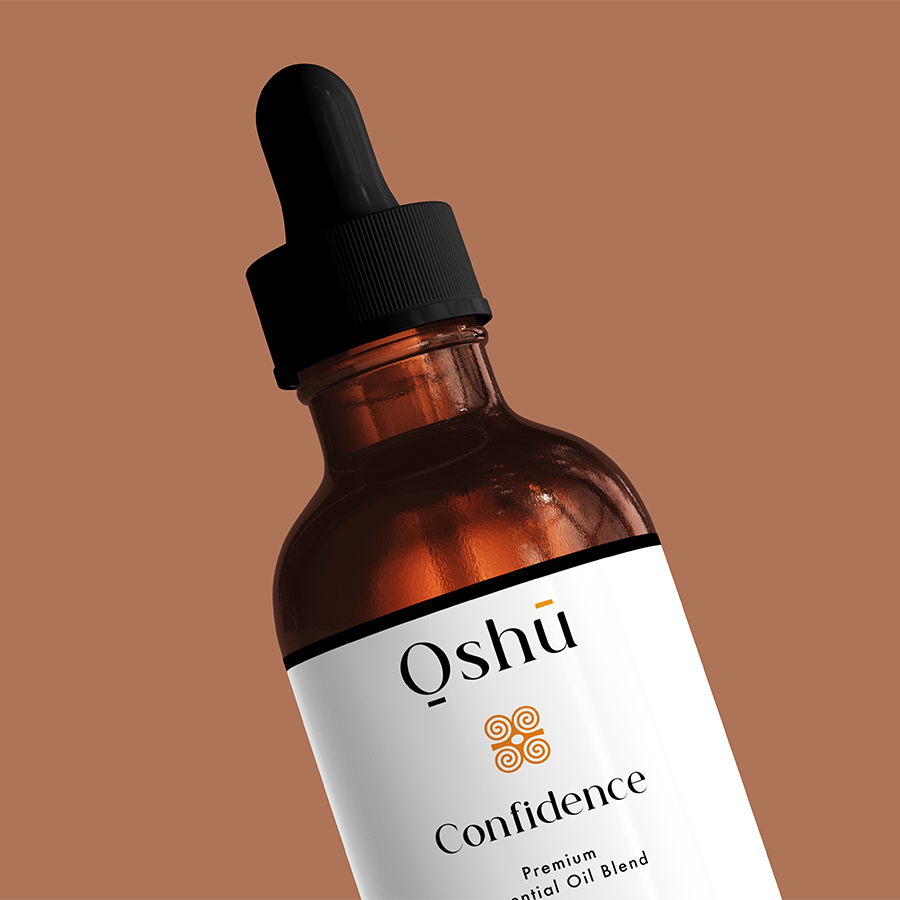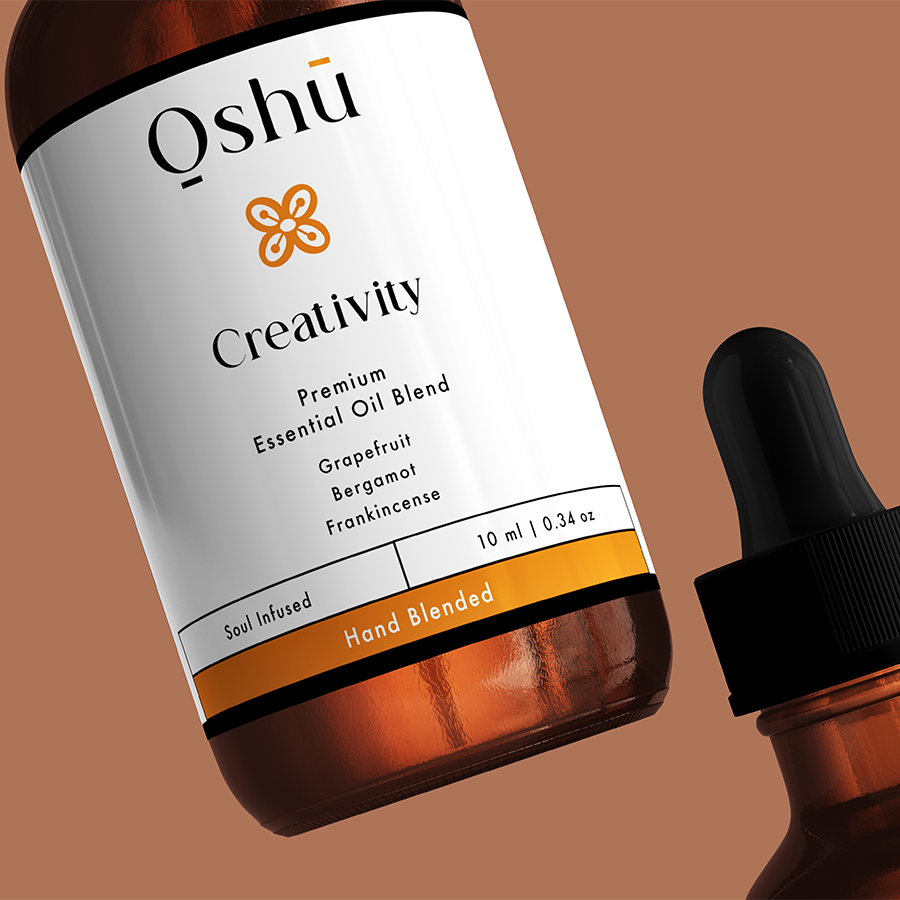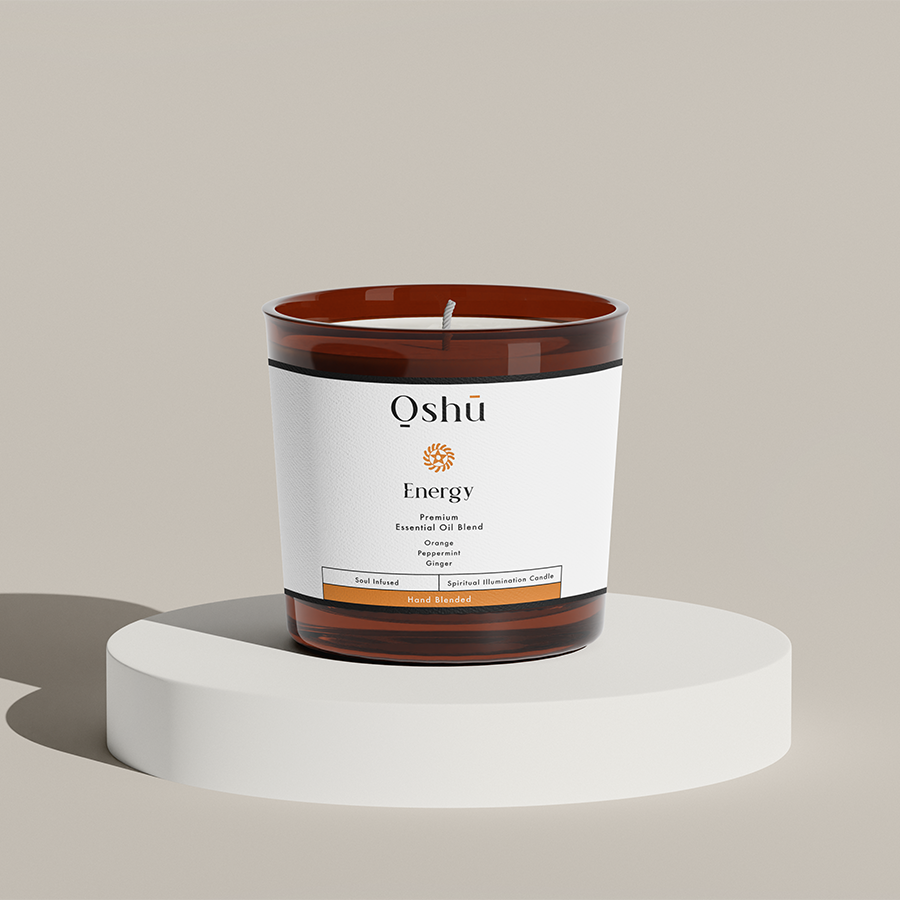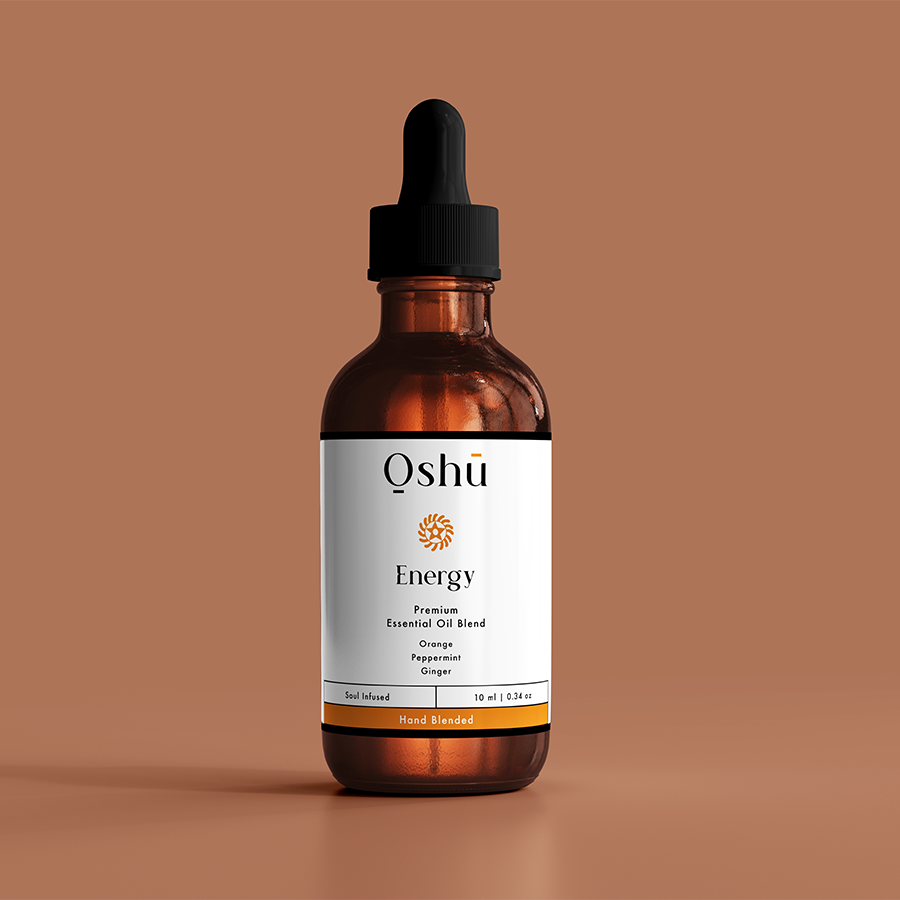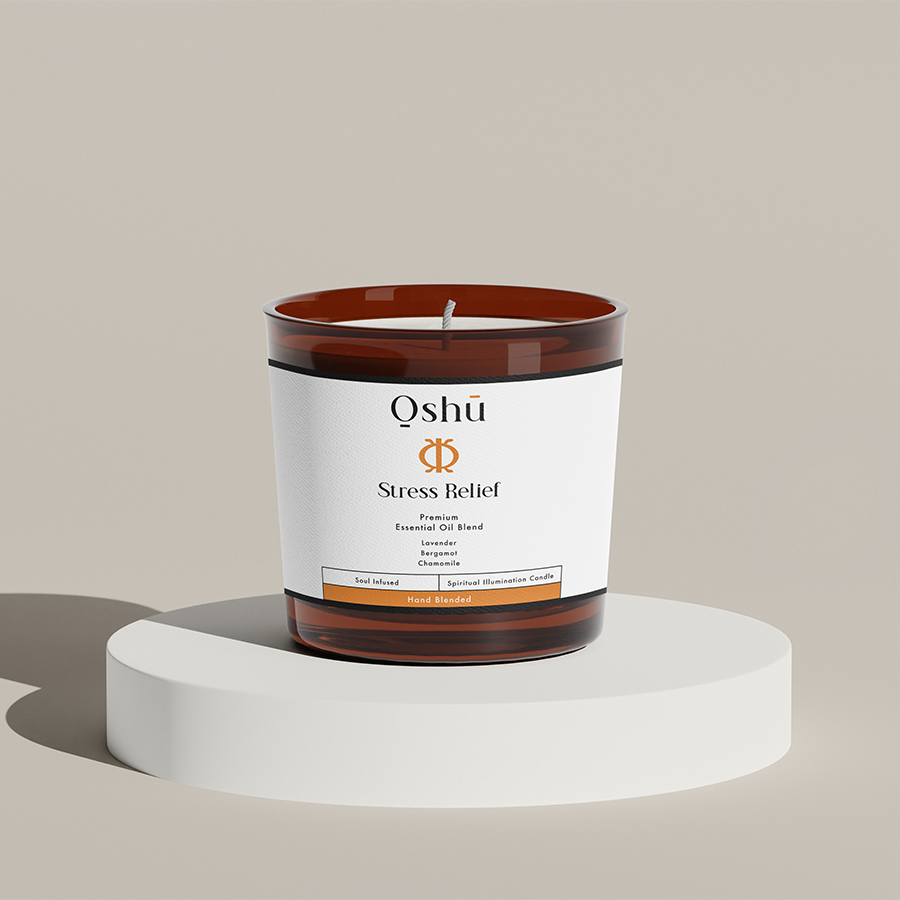Introduction
Bee stings can be a painful and uncomfortable experience, especially during the warmer months when bees are more active. While most bee stings are not life-threatening, they can still cause significant discomfort, swelling, and redness. Fortunately, essential oils can provide a natural and effective way to alleviate the symptoms of a bee sting. In this article, we will explore the best essential oils for bee stings, how to use them, and some general tips for preventing and treating bee stings.
Table of Contents
The Benefits of Essential Oils for Bee Stings
Essential oils have been used for centuries to treat various health issues, including insect bites and stings. When it comes to bee stings, essential oils can provide several benefits, including:
- Reducing pain and inflammation
- Preventing infection
- Soothing and calming the skin
- Reducing swelling and redness
Top Essential Oils for Bee Stings
While there are many essential oils that can be used to treat bee stings, some of the most effective ones include:
- Lavender oil: Known for its calming and soothing properties, lavender oil can help reduce pain, inflammation, and stress caused by a bee sting.
- Tea tree oil: With its antimicrobial properties, tea tree oil can help prevent infection and promote healing.
- Peppermint oil: Peppermint oil can help numb the area, reducing pain and discomfort.
- Frankincense oil: Frankincense oil has anti-inflammatory properties that can help reduce swelling and redness.
- Geranium oil: Geranium oil can help balance the skin’s natural pH, reducing the risk of infection and promoting healing.
How to Use Essential Oils for Bee Stings
When using essential oils to treat a bee sting, it’s important to dilute them with a carrier oil and apply them topically. Here are some general guidelines:
- Always dilute the essential oil with a carrier oil, such as coconut or jojoba oil, before applying it to the skin.
- Use 2-3 drops of essential oil per teaspoon of carrier oil.
- Apply the mixture to the affected area using a cotton swab or gentle massage.
- Repeat the application every 30 minutes to an hour, as needed.
Blending Essential Oils for Bee Stings
Blending different essential oils can create a more effective and synergistic treatment for bee stings. Here are some examples of blends you can try:
- Lavender and tea tree oil blend: Combine 2 drops of lavender oil with 1 drop of tea tree oil and 1 teaspoon of carrier oil.
- Peppermint and geranium oil blend: Combine 1 drop of peppermint oil with 1 drop of geranium oil and 1 teaspoon of carrier oil.
- Frankincense and lavender oil blend: Combine 1 drop of frankincense oil with 2 drops of lavender oil and 1 teaspoon of carrier oil.
Preventing Bee Stings
While essential oils can provide relief from bee stings, it’s always better to prevent them in the first place. Here are some tips to reduce your chances of getting stung:
- Avoid wearing sweet-smelling perfumes or colognes when outdoors.
- Wear protective clothing, such as long sleeves and pants, when working in the garden or outdoors.
- Avoid disturbing bee hives or nests.
- Be cautious when drinking sweet beverages outdoors, as bees may be attracted to them.
Treating Bee Stings with Essential Oils: Safety Precautions
While essential oils can be a safe and effective way to treat bee stings, there are some safety precautions to keep in mind:
- Always dilute essential oils with a carrier oil before applying them to the skin.
- Perform a patch test on a small area of skin before using a new essential oil.
- Avoid using essential oils on open wounds or broken skin.
- Consult with a healthcare professional if you have a severe allergic reaction to a bee sting.
Bee stings can be a painful and uncomfortable experience, but essential oils can provide a natural and effective way to alleviate the symptoms. By using the right essential oils, blending them correctly, and taking safety precautions, you can reduce the discomfort and promote healing. Remember to always dilute essential oils with a carrier oil, perform patch tests, and consult with a healthcare professional if you have a severe allergic reaction. With the right knowledge and precautions, you can enjoy the outdoors while minimizing the risk of bee stings.
Frequently Asked Questions
What are the common symptoms of a bee sting?
Bee stings can cause a range of symptoms, including redness, swelling, pain, itching, and inflammation at the site of the sting. In some cases, people may experience more severe reactions, such as hives, difficulty breathing, rapid heartbeat, and even anaphylaxis, a life-threatening allergic reaction.
How do essential oils help with bee stings?
Essential oils can provide relief from bee sting symptoms by reducing inflammation, pain, and itching. They can also help to neutralize the venom and promote healing. Certain essential oils, such as lavender and tea tree oil, have antibacterial and anti-inflammatory properties that can help to prevent infection and promote wound healing.
What are the best essential oils for bee stings?
Some of the most effective essential oils for bee stings include lavender, tea tree, peppermint, eucalyptus, and lemon. These oils have anti-inflammatory, antibacterial, and analgesic properties that can help to reduce pain, swelling, and itching.
How do I use essential oils for bee stings?
To use essential oils for bee stings, mix a few drops of the oil with a carrier oil, such as coconut or olive oil, and apply it to the affected area. You can also add a few drops of the oil to a cold compress or an ice pack to help reduce swelling and pain.
Can I use essential oils undiluted on a bee sting?
No, it’s not recommended to use essential oils undiluted on a bee sting. Essential oils are highly concentrated and can cause skin irritation, especially on open wounds. Always dilute the oil with a carrier oil and perform a patch test before applying it to the affected area.
How often should I apply essential oils to a bee sting?
You can apply essential oils to a bee sting as needed, but it’s recommended to reapply every 30 minutes to an hour to maintain relief from symptoms. However, if you experience any signs of infection, such as increased redness, swelling, or pus, discontinue use and consult a healthcare professional.
Can I use essential oils on broken skin?
It’s generally not recommended to use essential oils on broken skin, as they can cause further irritation and delay healing. However, if you have a minor cut or scratch near the bee sting, you can use a gentle essential oil like lavender or chamomile to promote healing and reduce inflammation.
Are essential oils safe for children?
Essential oils can be safe for children when used properly and under adult supervision. However, it’s recommended to use gentle oils like lavender and chamomile, and to dilute them with a carrier oil to avoid skin irritation. Always consult with a healthcare professional before using essential oils on children.
Can I use essential oils if I’m allergic to bees?
If you’re allergic to bees, it’s recommended to seek medical attention immediately if you’re stung. Essential oils can provide some relief from symptoms, but they should not be relied upon as the sole treatment for an allergic reaction. Always carry an EpiPen or other emergency medication with you if you have a bee sting allergy.
How long does it take for essential oils to work on a bee sting?
The effects of essential oils on a bee sting can vary depending on the individual and the severity of the sting. However, many people experience relief from symptoms within 15-30 minutes of applying the oil.
Can I use essential oils on a bee sting that’s already infected?
If you suspect that your bee sting is infected, it’s recommended to consult a healthcare professional for proper treatment. Essential oils can help to promote healing and reduce inflammation, but they should not be relied upon as the sole treatment for an infected wound.
Are there any essential oils that can help with the emotional trauma of a bee sting?
Yes, certain essential oils like bergamot, ylang-ylang, and frankincense have a calming and grounding effect that can help to reduce anxiety and emotional trauma associated with a bee sting.
Can I use essential oils to prevent bee stings?
While essential oils can’t guarantee that you won’t get stung, some oils like lemongrass, citronella, and peppermint have natural insect-repelling properties that can help to deter bees and other insects.
How do I store essential oils for bee stings?
Essential oils should be stored in a cool, dark place, away from children and pets. Always check the expiration date and shelf life of the oil before using it, and discard any oils that have gone bad.
Can I use essential oils on a bee sting that’s already scabbed over?
Yes, essential oils can still be effective on a bee sting that’s already scabbed over. However, be gentle when applying the oil to avoid disturbing the scab and causing further irritation.
Are there any essential oils that can help with the itching associated with bee stings?
Yes, essential oils like peppermint, lavender, and tea tree oil have anti-itch properties that can help to reduce itching and inflammation associated with bee stings.
Can I use essential oils on a bee sting that’s on my face?
Yes, essential oils can be used on bee stings on the face, but be careful to avoid the eyes, nose, and mouth. Always dilute the oil with a carrier oil and perform a patch test before applying it to the affected area.
How do I choose the right essential oil for a bee sting?
When choosing an essential oil for a bee sting, consider the severity of the sting, your individual skin type, and any allergies or sensitivities you may have. Always read the label and follow the instructions for use.
Can I use essential oils in conjunction with other treatments for bee stings?
Yes, essential oils can be used in conjunction with other treatments for bee stings, such as antihistamines, hydrocortisone cream, or cold compresses. However, always consult with a healthcare professional before combining treatments.
Are there any essential oils that can help with the swelling associated with bee stings?
Yes, essential oils like peppermint, eucalyptus, and wintergreen have anti-inflammatory properties that can help to reduce swelling associated with bee stings.
Can I use essential oils on a bee sting that’s old?
Yes, essential oils can still be effective on old bee stings, especially if you’re experiencing ongoing symptoms like itching or inflammation. However, if the sting is fully healed, it’s unlikely that essential oils will have a significant impact.
Are there any essential oils that can help with the pain associated with bee stings?
Yes, essential oils like peppermint, wintergreen, and lavender have analgesic properties that can help to reduce pain associated with bee stings.
Can I use essential oils on a bee sting that’s infected?
If you suspect that your bee sting is infected, it’s recommended to consult a healthcare professional for proper treatment. Essential oils can help to promote healing and reduce inflammation, but they should not be relied upon as the sole treatment for an infected wound.
How do I know if I’m allergic to essential oils?
If you experience any signs of an allergic reaction, such as hives, itching, or difficulty breathing, after using essential oils, discontinue use and consult a healthcare professional. Always perform a patch test before using a new essential oil.
Can I use essential oils on bee stings on pets?
Yes, essential oils can be used on bee stings on pets, but always consult with a veterinarian before doing so. Some essential oils can be toxic to pets, so it’s important to choose oils that are safe for animal use.




